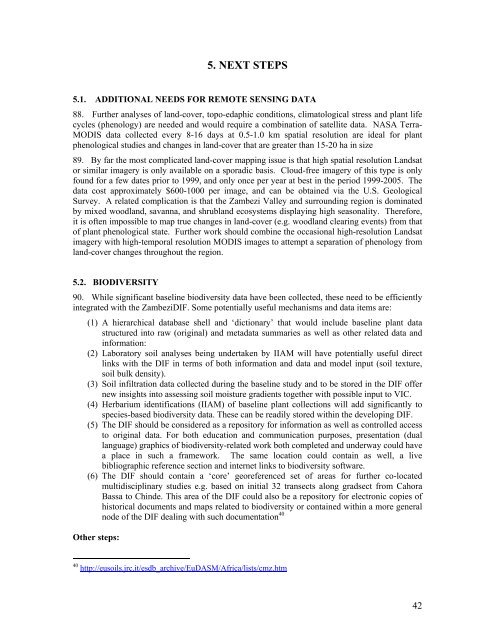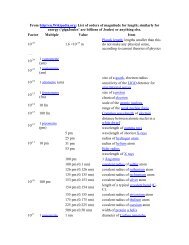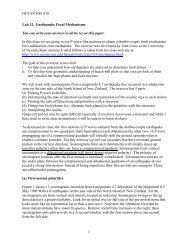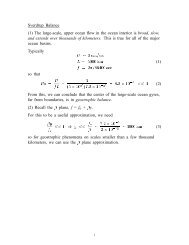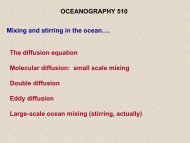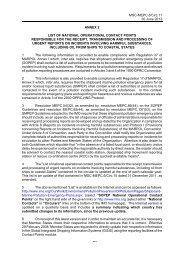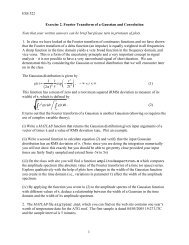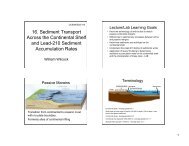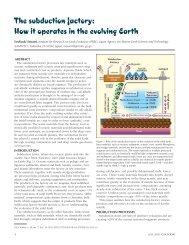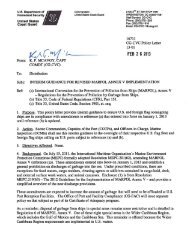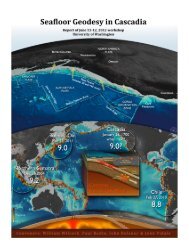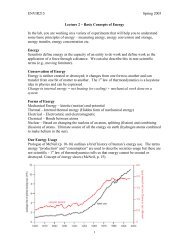LOWER ZAMBEZI RIVER BASIN BASELINE DATA ON LANDUSE ...
LOWER ZAMBEZI RIVER BASIN BASELINE DATA ON LANDUSE ...
LOWER ZAMBEZI RIVER BASIN BASELINE DATA ON LANDUSE ...
You also want an ePaper? Increase the reach of your titles
YUMPU automatically turns print PDFs into web optimized ePapers that Google loves.
5. NEXT STEPS5.1. ADDITI<strong>ON</strong>AL NEEDS FOR REMOTE SENSING <strong>DATA</strong>88. Further analyses of land-cover, topo-edaphic conditions, climatological stress and plant lifecycles (phenology) are needed and would require a combination of satellite data. NASA Terra-MODIS data collected every 8-16 days at 0.5-1.0 km spatial resolution are ideal for plantphenological studies and changes in land-cover that are greater than 15-20 ha in size89. By far the most complicated land-cover mapping issue is that high spatial resolution Landsator similar imagery is only available on a sporadic basis. Cloud-free imagery of this type is onlyfound for a few dates prior to 1999, and only once per year at best in the period 1999-2005. Thedata cost approximately $600-1000 per image, and can be obtained via the U.S. GeologicalSurvey. A related complication is that the Zambezi Valley and surrounding region is dominatedby mixed woodland, savanna, and shrubland ecosystems displaying high seasonality. Therefore,it is often impossible to map true changes in land-cover (e.g. woodland clearing events) from thatof plant phenological state. Further work should combine the occasional high-resolution Landsatimagery with high-temporal resolution MODIS images to attempt a separation of phenology fromland-cover changes throughout the region.5.2. BIODIVERSITY90. While significant baseline biodiversity data have been collected, these need to be efficientlyintegrated with the ZambeziDIF. Some potentially useful mechanisms and data items are:(1) A hierarchical database shell and ‘dictionary’ that would include baseline plant datastructured into raw (original) and metadata summaries as well as other related data andinformation:(2) Laboratory soil analyses being undertaken by IIAM will have potentially useful directlinks with the DIF in terms of both information and data and model input (soil texture,soil bulk density).(3) Soil infiltration data collected during the baseline study and to be stored in the DIF offernew insights into assessing soil moisture gradients together with possible input to VIC.(4) Herbarium identifications (IIAM) of baseline plant collections will add significantly tospecies-based biodiversity data. These can be readily stored within the developing DIF.(5) The DIF should be considered as a repository for information as well as controlled accessto original data. For both education and communication purposes, presentation (duallanguage) graphics of biodiversity-related work both completed and underway could havea place in such a framework. The same location could contain as well, a livebibliographic reference section and internet links to biodiversity software.(6) The DIF should contain a ‘core’ georeferenced set of areas for further co-locatedmultidisciplinary studies e.g. based on initial 32 transects along gradsect from CahoraBassa to Chinde. This area of the DIF could also be a repository for electronic copies ofhistorical documents and maps related to biodiversity or contained within a more generalnode of the DIF dealing with such documentation 40Other steps:40 http://eusoils.jrc.it/esdb_archive/EuDASM/Africa/lists/cmz.htm42


